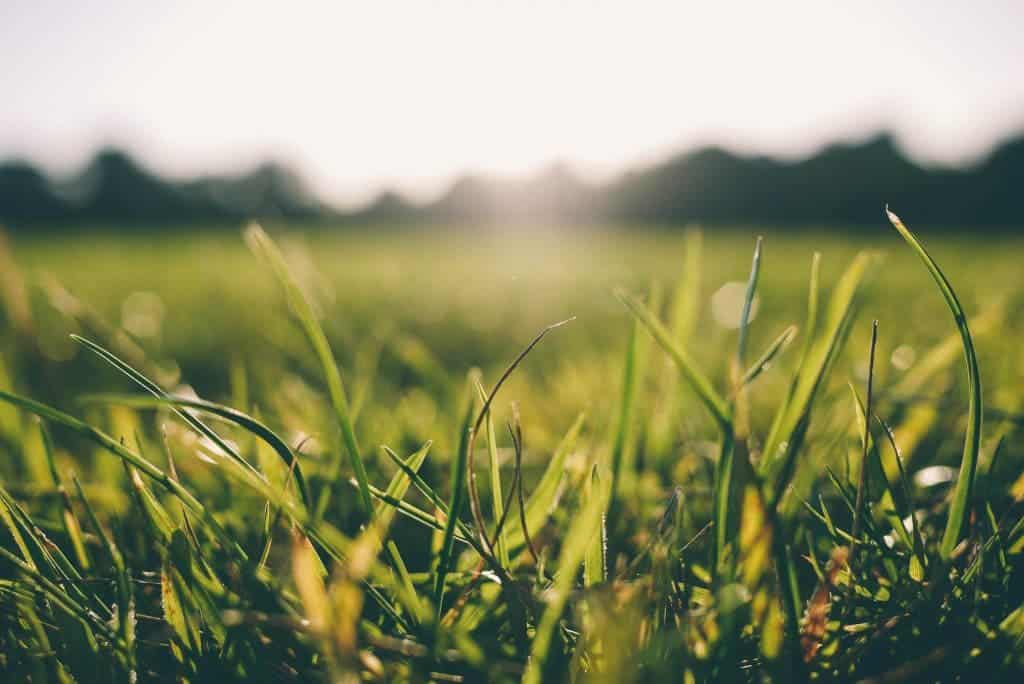Garden grass could become a source of sustainable energy, a group of scientists claim.

British researchers have demonstrated a way to convert cellulose into significant amounts of hydrogen from fescue grass, using only sunlight and a cheap catalyst. The process is called photoreforming or photocatalysis. Basically, the sunlight activates the catalyst which converts cellulose and water into hydrogen.
They tried three catalysts – palladium, gold and nickel, focusing especially on nickel because it is much cheaper and way more accessible than the alternatives. They combined the nickel catalyst with cellulose in a round bottom flask and subjected the mixture to light from a desk lamp, collecting gas samples every 30 minutes. They found that the grass cellulose generated a significant amount of hydrogen.
Professor Michael Bowker, who authored the study, said:
“Up until recently, the production of hydrogen from cellulose by means of photocatalysis has not been extensively studied. Our results show that significant amounts of hydrogen can be produced using this method with the help of a bit of sunlight and a cheap catalyst.”
“Furthermore, we’ve demonstrated the effectiveness of the process using real grass taken from a garden. To the best of our knowledge, this is the first time that this kind of raw biomass has been used to produce hydrogen in this way. This is significant as it avoids the need to separate and purify cellulose from a sample, which can be both arduous and costly.”
Hydrogen is increasingly being considered a renewable fuel, but its efficient production still remains a challenge. Co-author of the study Professor Michael Bowker, from the Cardiff Catalysis Institute, believes this technology could really be a game changer:
“This really is a green source of energy. Hydrogen is seen as an important future energy carrier as the world moves from fossil fuels to renewable feedstocks, and our research has shown that even garden grass could be a good way of getting hold of it.”
The team, which also includes researchers from Queen’s University Belfast, have published their findings in the Royal Society journal Proceedings A.






